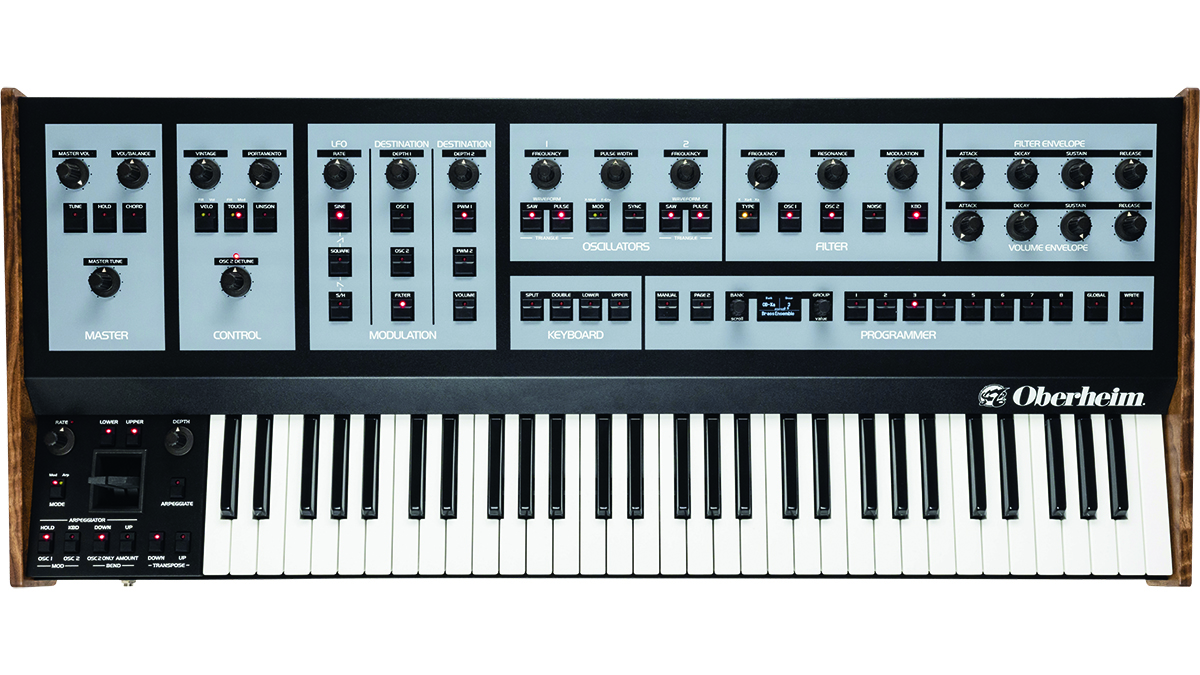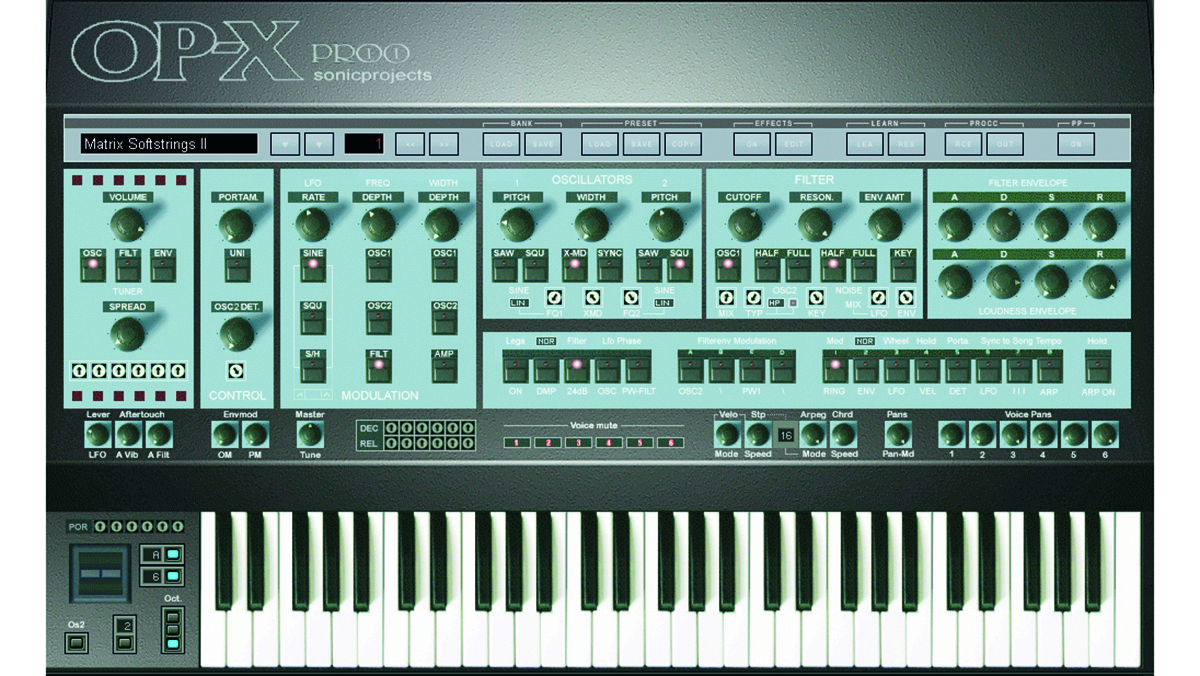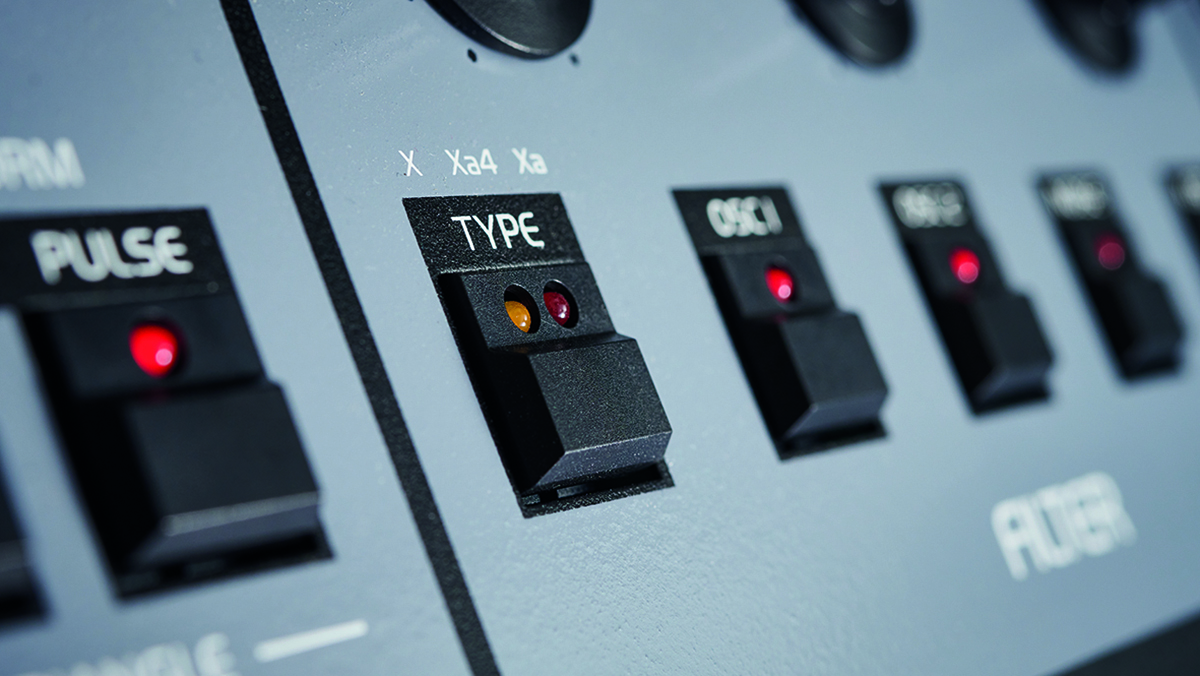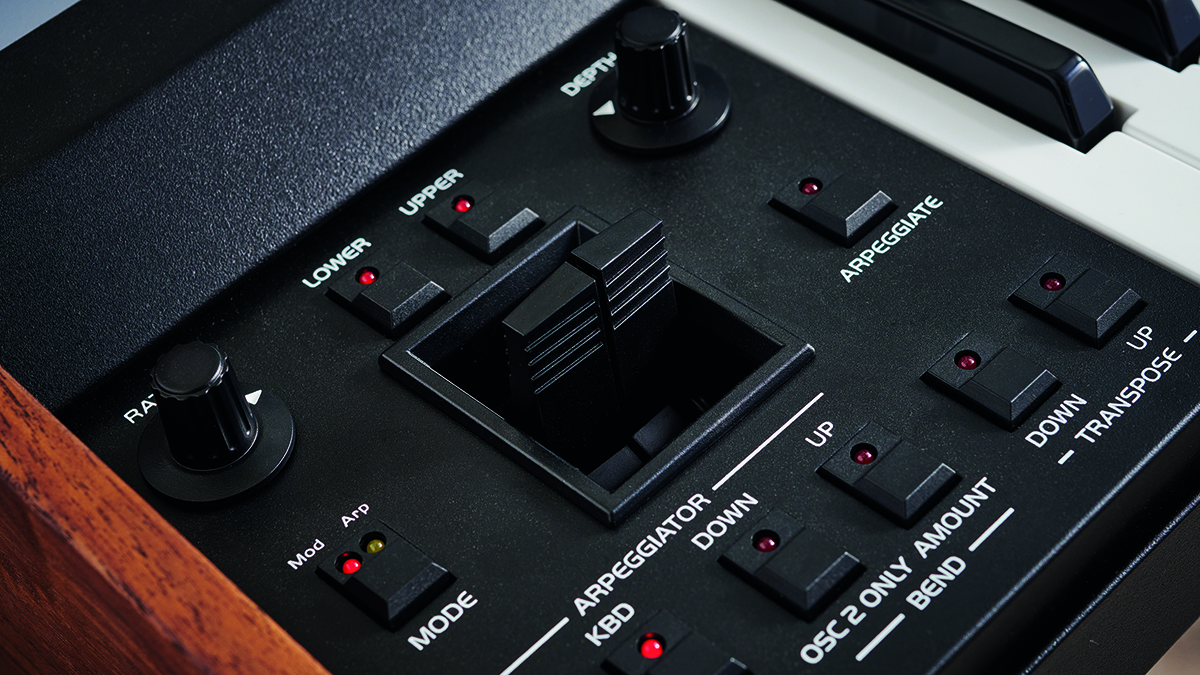MusicRadar Verdict
This is a beautiful synth and destined to be a classic in its own right. But there’s no escaping the fact that it won’t be affordable for many.
Pros
- +
It does an amazing job of combining the design elements of three classic synths into one new synth.
- +
There are a lot more programming options available beyond the front panel controls.
- +
It can create that classic-era Oberheim sound with ease, but also offers more flexibility than its predecessors.
Cons
- -
None of this comes cheap!
- -
Some Page 2 features might have benefitted from dedicated front-panel controls.
- -
No dedicated patch compare button.
MusicRadar's got your back
Oberheim OB-X8: What is it?
The day has finally arrived – a new Oberheim synthesizer is here. And it’s not just any old synth with the Oberheim name stuck on – it’s the real deal. In a similar manner to Dave Smith’s journey back to using the Sequential name, Tom Oberheim can again create synths under his own name.
Interestingly, there is a little more that connects these two almost parallel events than one might first suspect. Before he died Dave Smith made the legendary Prophet-5 live again in the shape of the Sequential Prophet-5 Rev 4. This took elements of circuit design from the two main original production versions (Rev 2 and Rev 3) and recreated them using modern production processes.
Core to this was converting the original circuits to make use of surface mount components rather than their larger, and more unwieldy predecessors. In turn, this allowed the production of a more diminutive desktop unit, and the ability to buy an expanded 10-voice version.
Besides additional memories, expanded MIDI spec, split/layering and the addition of a Vintage knob, most of the core aspects of the original’s analogue signal path were the same – and it sounded great.
It is therefore not surprising to find that when Tom Oberheim was exploring the possibility of bringing some of his legacy instruments back to life, Sequential was an intrinsic part of the process. They had after all collaborated on the Dave Smith Instruments OB-6 – a fine synth, but not quite the resurrection of the classic ’70/’80s Oberheim sound some were craving.

This brings us to the OB-X8. There was a lot of excitement when it was announced, not least because rather than being just another potentially excellent synthesizer, it specifically focused on three revered keyboards from the past – the OB-X, OB-Xa and OB-8. Before diving in with specifics, it’s worth pointing out that the OB-X8 has a fully analogue signal path, but unlike its predecessors, the envelopes and other aspects of the modulation and control of each voice are done digitally. This allows for some interesting possibilities.

Oberheim OB-X8: Performance and verdict
All three versions of the Oberheims mentioned above follow a broadly similar design in terms of overall approach, and this is used as a template for the OB-X8. So, we have an eight-voice polyphonic synth, with each voice consisting of two VCOs capable of generating sawtooth, square/pulse and triangle waveshapes. A noise source is also present, with the combined signal routed to a filter section (VCF) and then amp (VCA).

• Sonic Projects OP-X Pro-II
A highly-regarded virtual analogue synth plugin that does a great job of nailing the Oberheim vibe – and with enough flexibility to allow it to cover other analogue synths.
• Oberheim OB-X (used)
An original OB-X will set you back somewhere in the region of £10k, but don’t forget to set aside some cash for repair.
• Sequential Prophet-5
The original OB competitor resurrected. Whilst there are some overlaps, and it is not as complex, some prefer the tone of the Prophet-5 – another classic.
The VCF and VCA each get their own four-stage (ADSR) envelope. A dedicated LFO with six selectable waveshape options is routed to two separate modulation paths each with their own adjustable depth that is then routed to three hard-wired sources. The first handles the pitch of OSC1 and OSC2 as well as filter cutoff.
The second deals with pulse width modulation and volume. Although the destinations can be enabled/disabled individually, this is clearly not as flexible as a more modern modulation matrix. However, it remains true to the spirit of the originals, and the limited options could arguably make editing choices quicker and easier.
To the left of the keyboard additional control comes in the form of two control levers and a second LFO dedicated to vibrato (pitch modulation). Once again the levers are limited to specific functions (pitchbend and mod amount).
If when glancing at the front panel the modulation options look a little sparse when compared to modern synths you will be pleased to know about the Page 2 button. This feature first saw the light of day on the OB-8 and allowed front panel controls to access a further set of modulation-related parameters.
Later versions of the OB-8 had these sub-functions noted beneath each knob. The OB-X8 forgoes this and instead employs a Page 2 menu accessible via the small OLED display (although knobs can be used for some functions, but you’ll have to memorise what each one does).

The OB-X8 does not exactly replicate every element of the earlier OB synths. Instead, Oberheim has taken important elements from all of them and, if necessary, provided different options to cater for the specific approach of each.
This means that the VCO is based around the discrete design of the OB-X (and even earlier SEM) rather than the later Curtis chip-based designs, but with a Page 2 option switch the Square Mode can match that in the OB-8. Page 2 also allows you to adjust VCO1/2 and noise levels individually, rather than the limited ON/HALF/OFF choice of the past.
Cross-modulation (great for clangorous tones), which was dropped after the OB-X, makes a comeback and sits alongside oscillator sync and filter envelope pitch modulation (from the OB-Xa and OB-8).
Perhaps the most obvious differences between the earlier synths lay in their filter design. Unlike the Prophet-5 that changed the chips employed for its filter between the Rev 2 and 3, but with both still using a 24dB/octave (4-pole) low-pass design, the OB-X8 provides a total of six options covering a 4-pole low-pass and 2-pole low, high, band and notch designs (the later three from the original Oberheim SEM module).

Another difference lay in the envelopes, where the OB-8 had noticeably more linear contours compared to the earlier OBs. This can be switched in Page 2 alongside the different approaches to LFO manifested as changes to the speed and depth range as well as shapes and phase of the modulation.
The patch banks containing original presets from the OB synths sound so authentic
It should be clear that Oberheim has paid a lot of attention to trying to allow the OB-X8 to recreate sounds from the full panoply of OB synths (and the SEM). It’s testament to its effort that the various patch banks containing original presets from the OB-X, OB-SX (a preset-only synth) , OB-Xa, and OB-8 sound so authentic – but let’s save that for a bit later.
The Page 2 features discussed so far only scratch the surface of the additional tweaking that can be done on the OB-X8. Delve further and there are options for adjusting voice detune (great for adding extra vintage vibe or fattening unison mode patches), a range of voice panning modes, Vibrato LFO Wave selection, LFO depth envelopes, and a bunch of portamento modes and options. There are also sections dedicated to split and double (layered) mode parameters.
This begs the question as to whether there are parameters here that might have been better placed on the front panel with their own controls. The answer will depend on what type of user you are, but we can’t help feeling that a few additional buttons and a larger (or separate secondary) screen for clearer parameter editing would have brought the OB-X8 more fully into the 21st century – and without compromising the vintage aesthetic. Speaking as someone who owned a vintage OB-8, the extended parameter editing is much better here, but we think it could have been even better.

Unlike its much older predecessors the OB-X8 has the ability to stay well-behaved in terms of differences between each voice, and like the recent Prophet-5 Rev 4 it has the ability to push back against this with a dedicate Vintage knob that dials in voice-to-voice variability of envelopes, oscillators and filters.
In this control section, you will also find nods to ‘modern’ features such as velocity sensitivity and aftertouch which are relayed from the keyboard (which feels very nice to play, unlike our clunky OB-8!). We wonder if Oberheim will add other contemporary features such as LFO clock sync? There is potential for expanding functions via a firmware update.
The OB-X8 is not without its annoyances (for example, there’s no dedicated patch comparison button), however, it is a lovely synth to use and play. We found it easy to programme all the sounds we used to create on our OB-8 and it has that vintage Oberheim sound in abundance. There are already calls for 16-voice and desktop versions, and we know some (like us) would love to see one with the more ’80s-inclined horizontal blue stripe aesthetic of the OB-Xa and OB-8.
Clearly, at this price point it is far from a casual purchase, and these days there are many great-sounding virtual instruments to choose from – but will they inspire you in the same way?
Another factor is reliability. The discrete nature of the OB-X makes it a more tricky beast to look after if you want to own a real vintage synth. And the OB-X8 covers a wider range of sonic territory, and manages to be both modern and ‘vintage’.
This is a lovely and engaging analogue synth, and a very welcome return for Oberheim.
MusicRadar verdict: This is a beautiful synth and destined to be a classic in its own right. But there’s no escaping the fact that it won’t be affordable for many.
Oberheim OB-X8: The web says
"This design is full of new features that help to bring the sound of classic instruments up to the standards of 21st-century instrument design."
Perfect Circuit
Oberheim OB-X8: Hands-on demos
Oberheim Official
sonicstate
Starsky Carr
Miles Away
Oberheim OB-X8: Specifications
- 8-voice polyphony
- Two VCOs per voice
- SEM-lineage + Curtis filter options
- Modelled envelope responses match vintage OB models
- 61-key Fatar velocity- and touch-sensitive keyboard
- Bi-timbral for splits and doubles
- 400+ factory programs, including a full set of factory sounds for the OB-X, OB-SX, OB-Xa, and OB-8
- High-res OLED display
- Classic Oberheim Pitch and Mod levers
- CONTACT: Oberheim
“Excels at unique modulated timbres, atonal drones and microtonal sequences that reinvent themselves each time you dare to touch the synth”: Soma Laboratories Lyra-4 review
“I used everything I knew about music”: How Green Day exceeded expectations with their most ambitious song
YouTube just added AI tools that makes musicians, library music and video editors redundant










